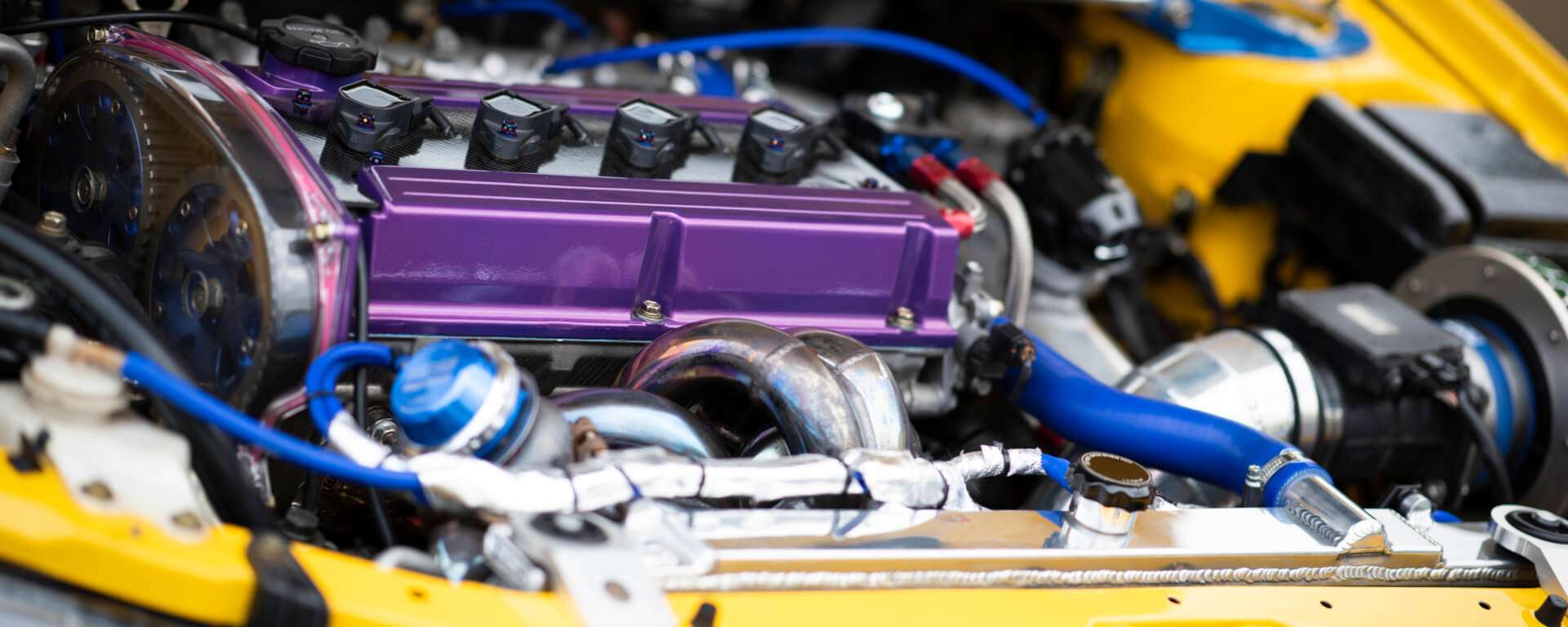For automotive enthusiasts, the quest for more power is a never-ending journey. Increasing your car’s horsepower can dramatically improve its acceleration, responsiveness, and overall driving experience. However, achieving this boost doesn’t always require expensive engine swaps or forced induction systems. Let’s explore seven accessible and effective ways to unlock hidden potential and extract more horsepower from your existing engine, ranging from simple bolt-on modifications to more involved tuning adjustments. Remember to always prioritize safety and consult with a qualified mechanic before making any significant changes to your vehicle.
1. Performance Air Intake System
A stock air intake system is often restrictive, limiting the amount of air that can flow into the engine. Upgrading to a performance air intake system, often referred to as a cold air intake, allows for a greater volume of cooler, denser air to enter the combustion chamber. This increase in oxygen directly translates to more efficient combustion and, consequently, more power.
2. Free-Flowing Exhaust System
Just as a restrictive intake limits airflow in, a restrictive exhaust system hinders the expulsion of exhaust gases; Replacing the stock exhaust with a performance exhaust system, including headers, a high-flow catalytic converter, and a less restrictive muffler, reduces backpressure and allows the engine to breathe more freely. This improved exhaust flow can noticeably increase horsepower and torque.
3. ECU Tuning and Remapping
Modern engines are controlled by sophisticated Engine Control Units (ECUs) that manage various parameters, including fuel injection, ignition timing, and boost pressure (in turbocharged vehicles). ECU tuning, or remapping, involves modifying these parameters to optimize engine performance. A professional tuner can fine-tune the ECU to extract more power while maintaining engine reliability. This process is often tailored to the specific modifications made to the engine.
4. Upgraded Fuel Injectors
If you’ve already increased airflow and exhaust flow, your engine may require more fuel to maintain the optimal air-fuel ratio. Upgrading to larger fuel injectors ensures that the engine receives an adequate supply of fuel to support the increased air intake. This is particularly important for forced induction applications.
5. Lightweight Components
Reducing the overall weight of your vehicle can significantly improve its performance. Replacing heavy components, such as wheels, seats, and body panels, with lighter alternatives reduces the amount of energy required to accelerate the car. While this doesn’t directly increase engine horsepower, it improves the power-to-weight ratio, making the car feel faster and more responsive.
6. Optimize Ignition System
A weak or inefficient ignition system can limit engine performance. Upgrading to high-performance spark plugs, ignition coils, and spark plug wires ensures a strong and consistent spark, leading to more complete combustion and increased power. This is especially beneficial for older vehicles with worn-out ignition components.
7. Throttle Body Upgrade
The throttle body controls the amount of air entering the intake manifold. A larger throttle body allows for greater airflow, particularly at higher RPMs. This can improve throttle response and increase horsepower, especially when combined with other performance modifications.
- Air Intake: Increased airflow for combustion.
- Exhaust System: Reduced backpressure for efficient exhaust.
- ECU Tuning: Optimized engine parameters.
- Fuel Injectors: Adequate fuel supply for increased airflow.
- Lightweight Components: Improved power-to-weight ratio.
- Ignition System: Strong spark for complete combustion.
- Throttle Body: Increased airflow at higher RPMs.

